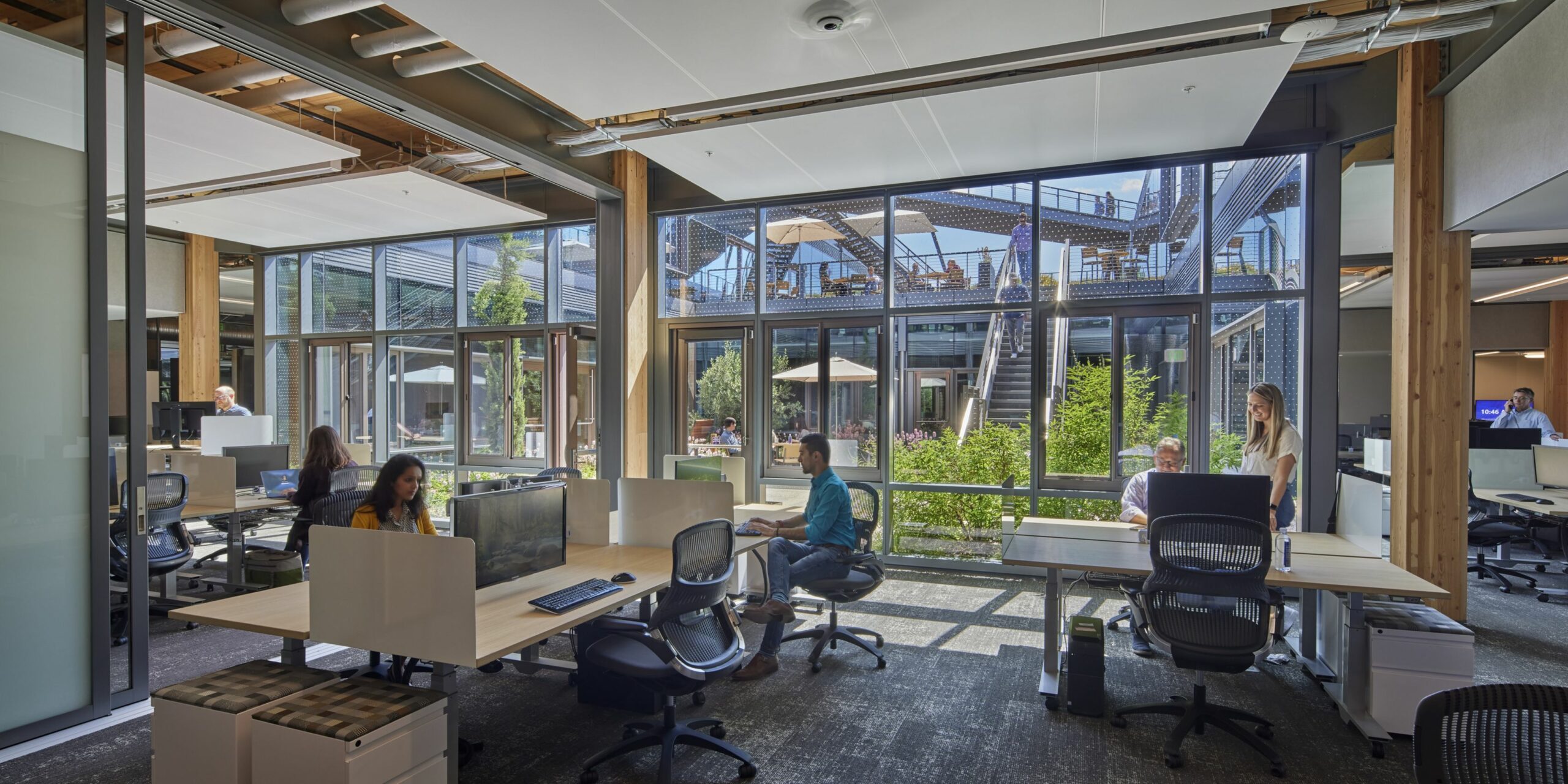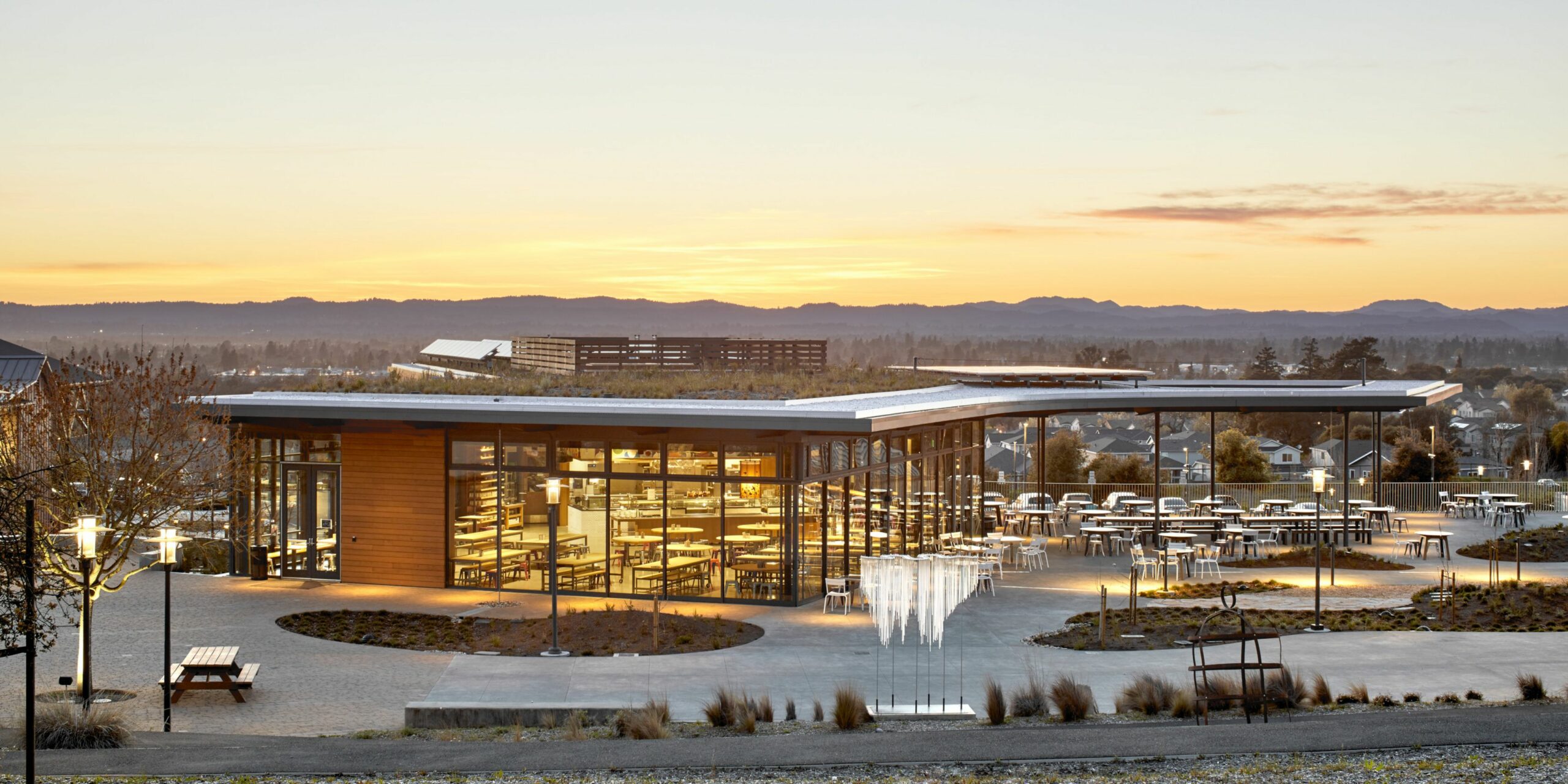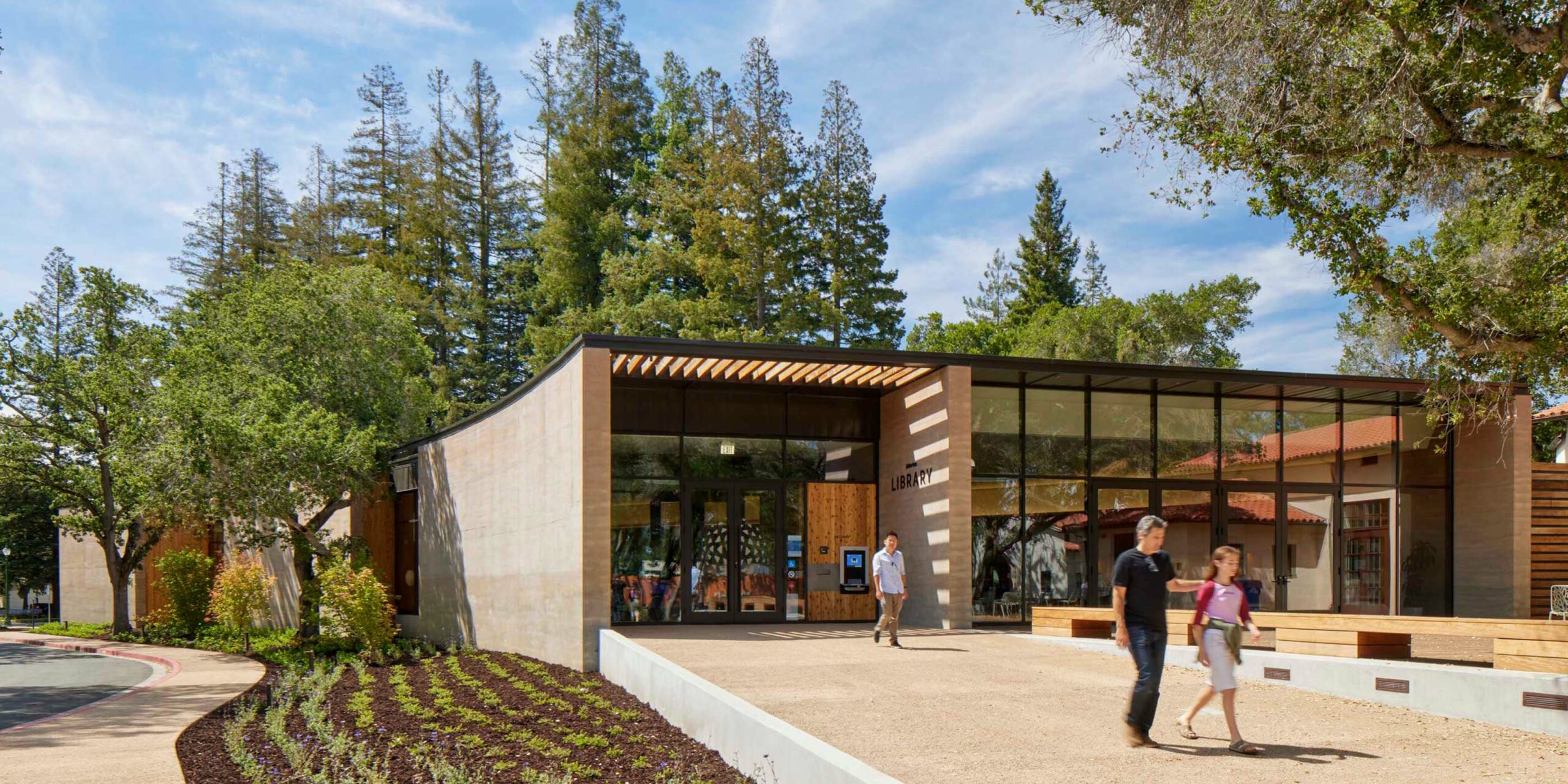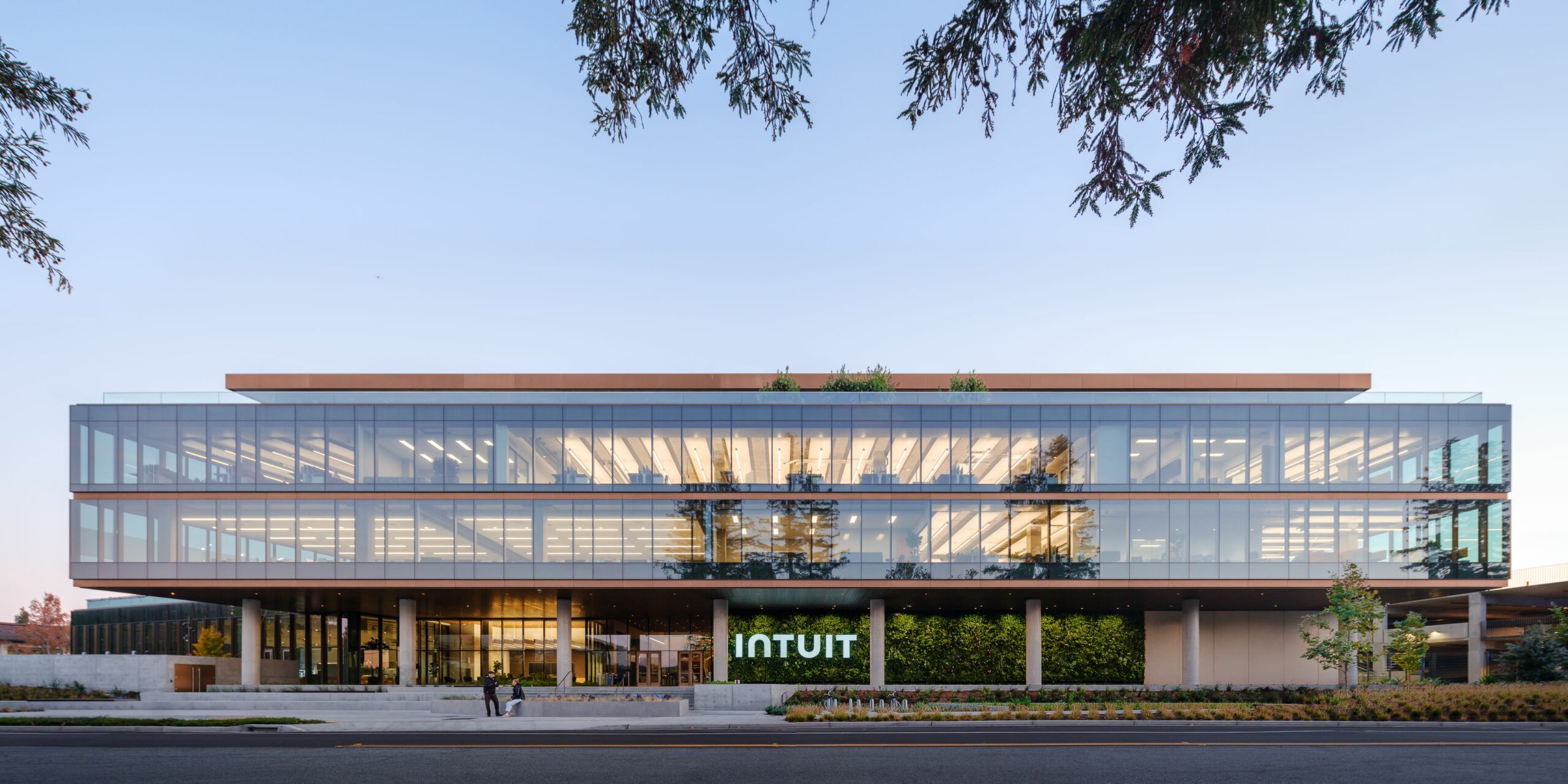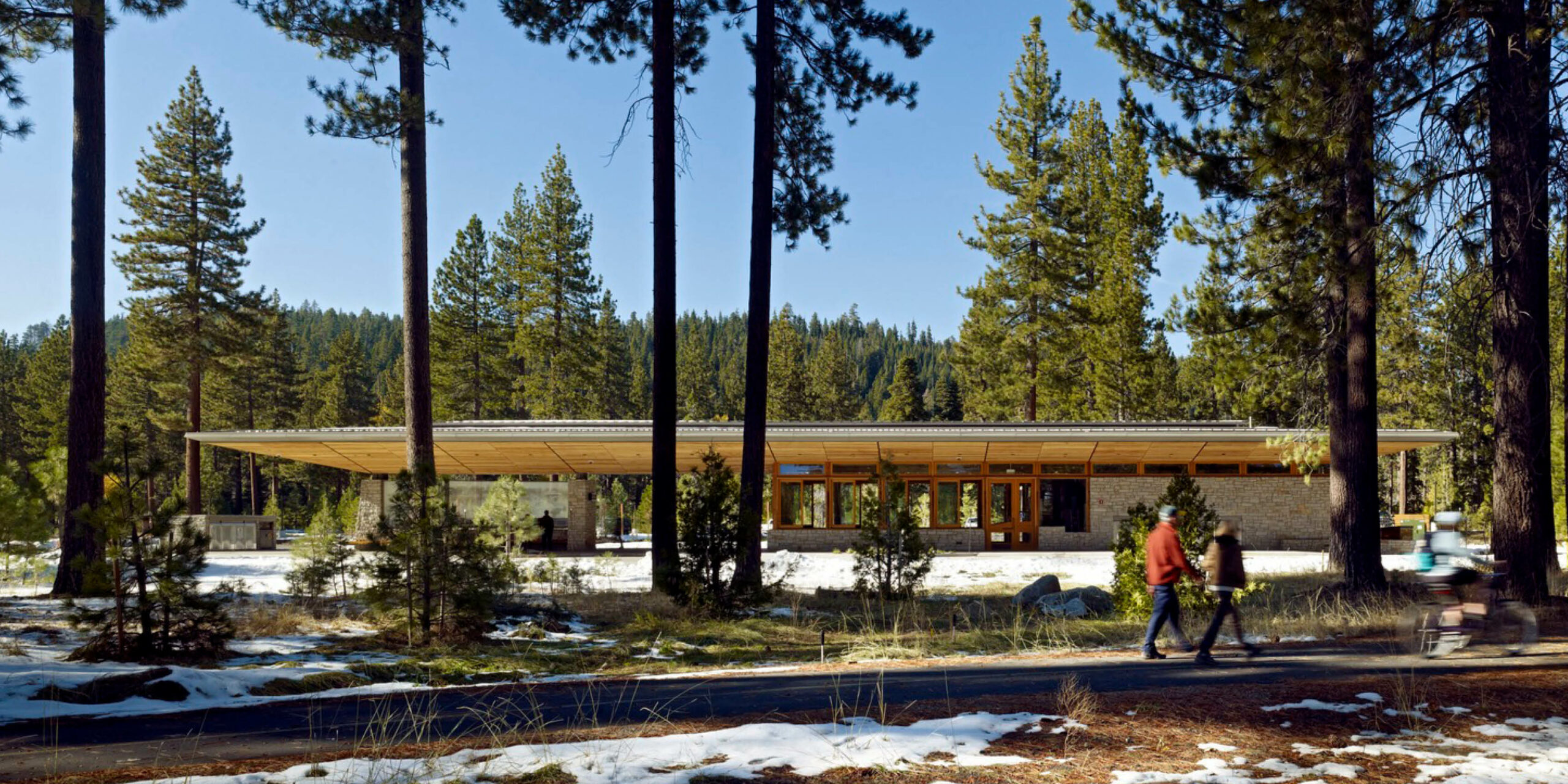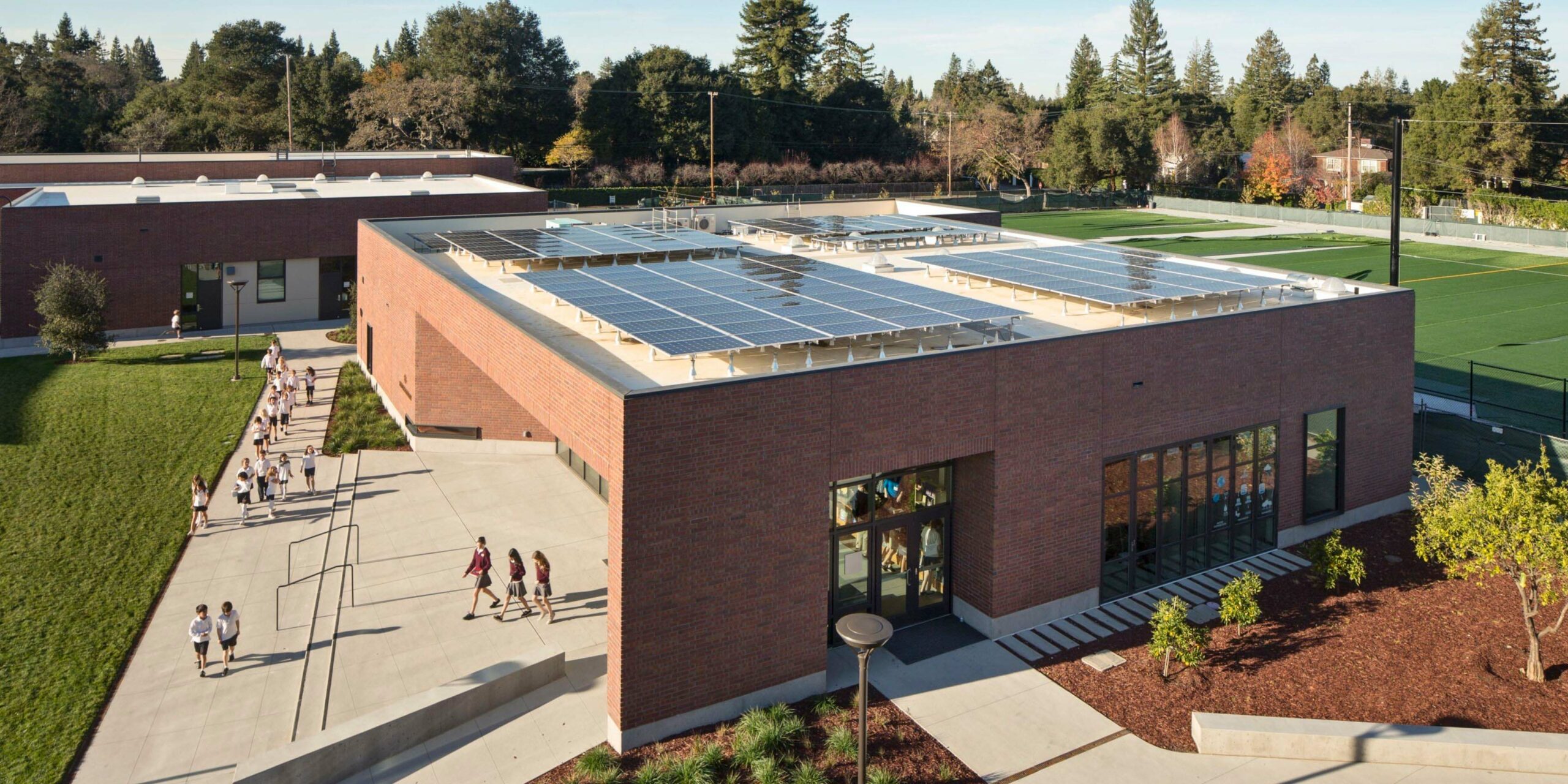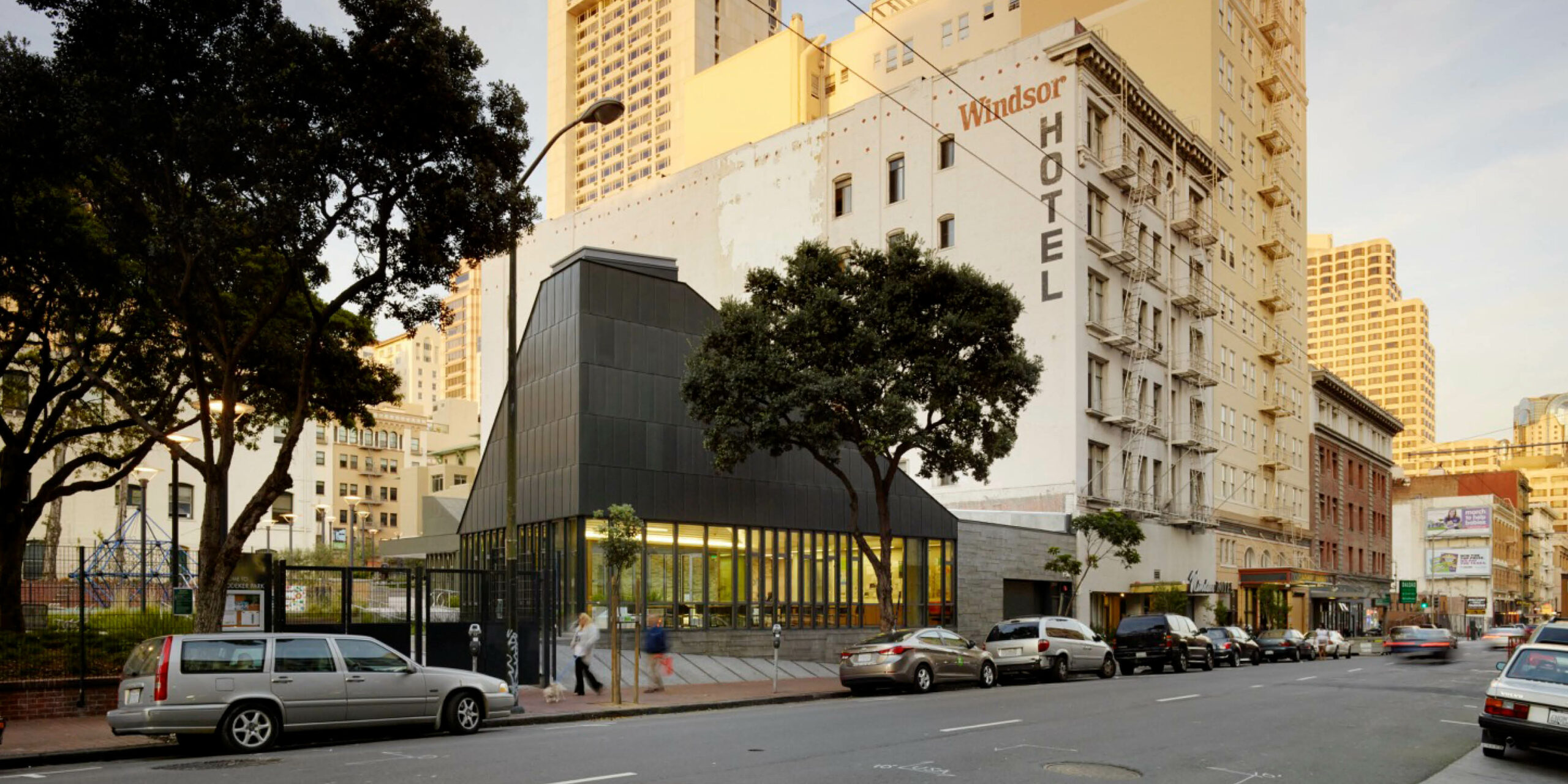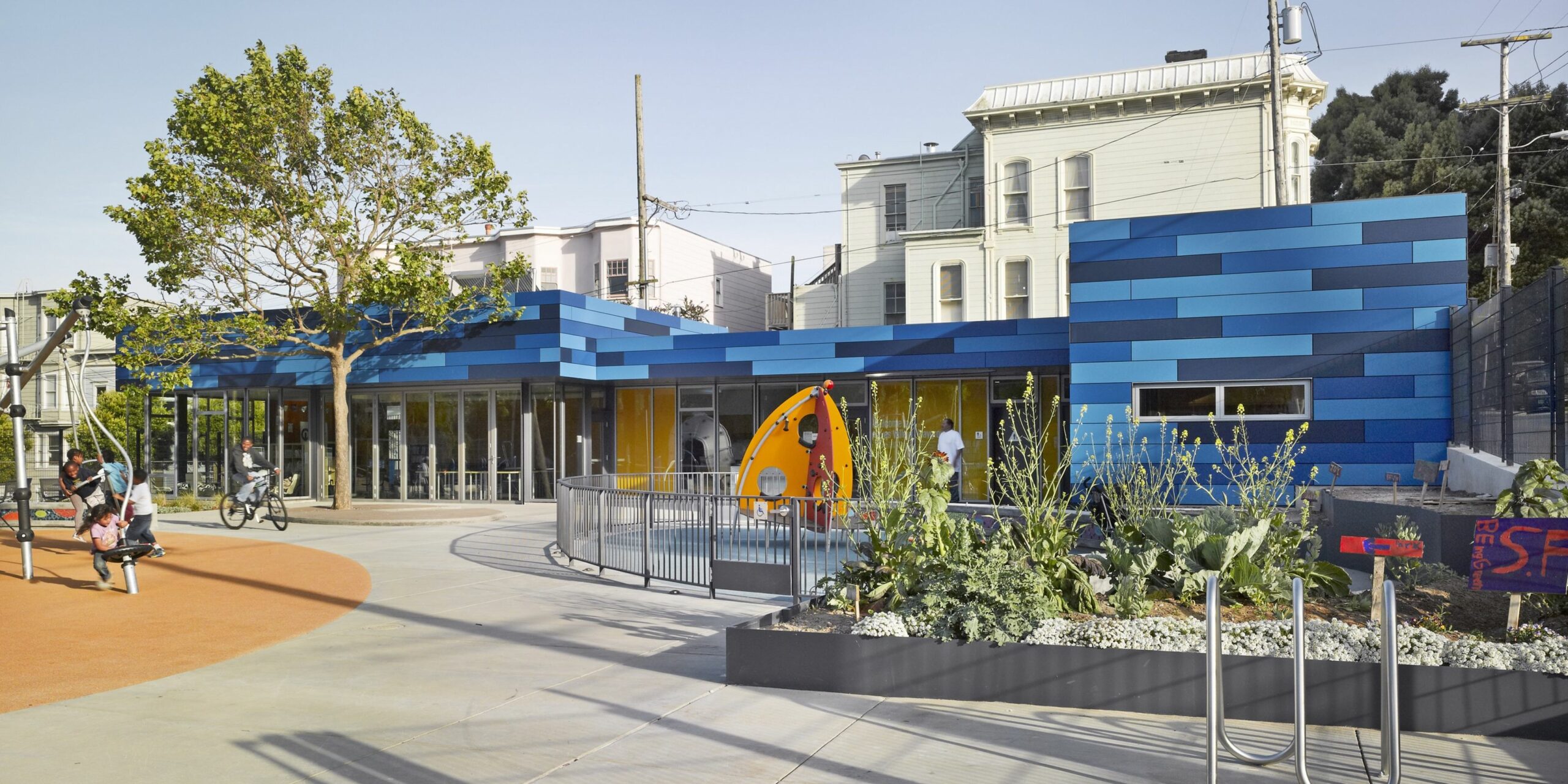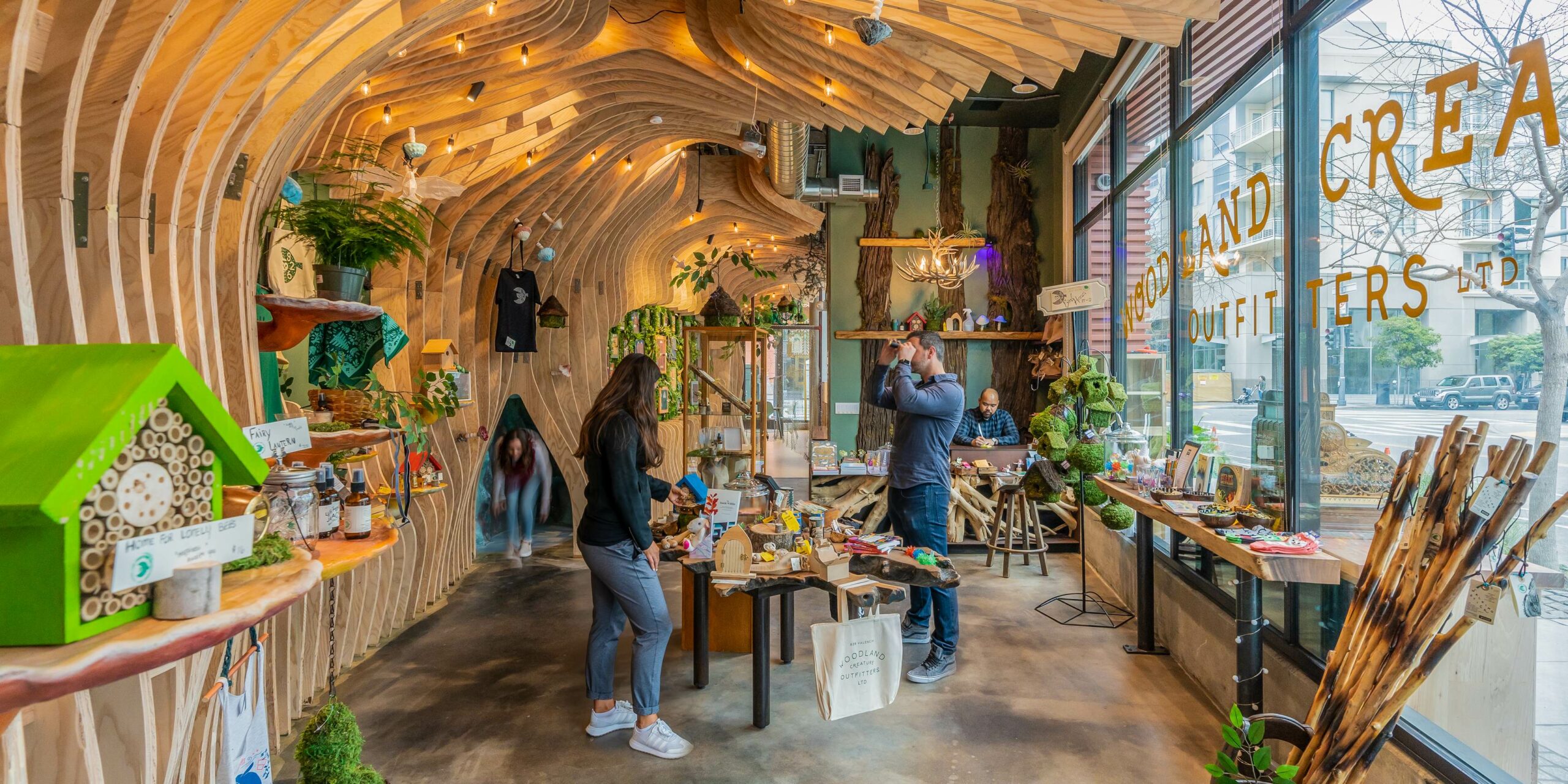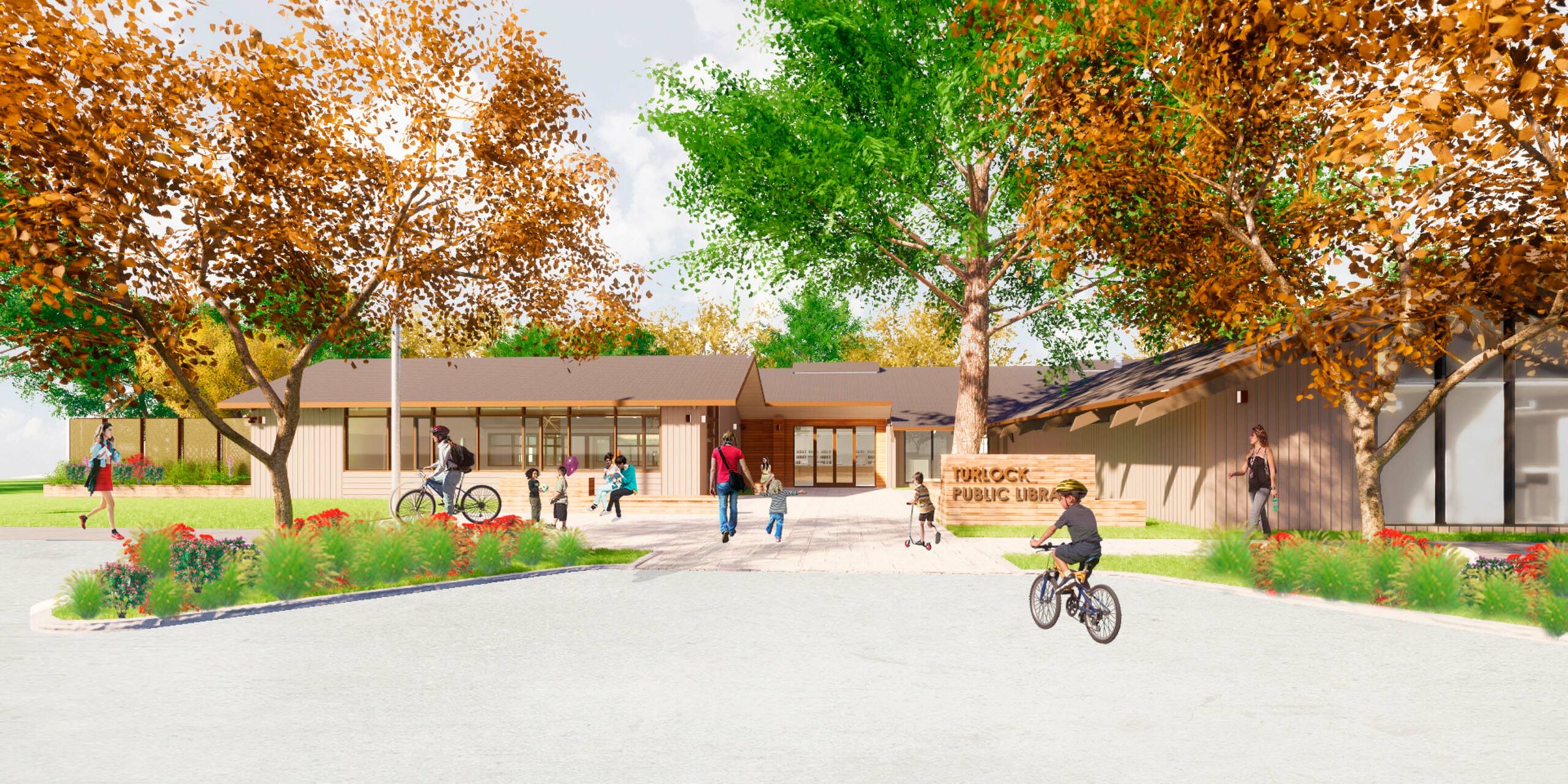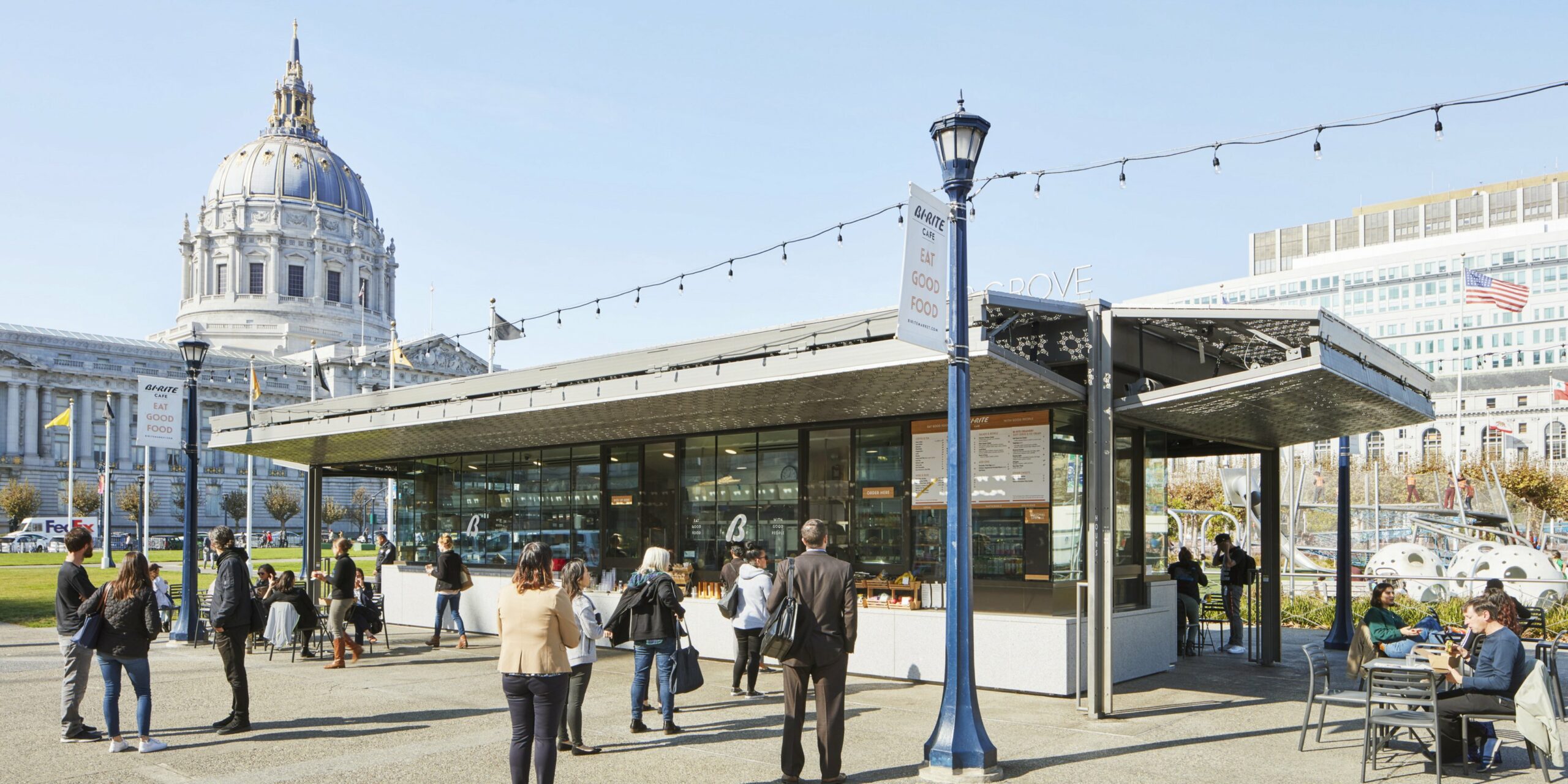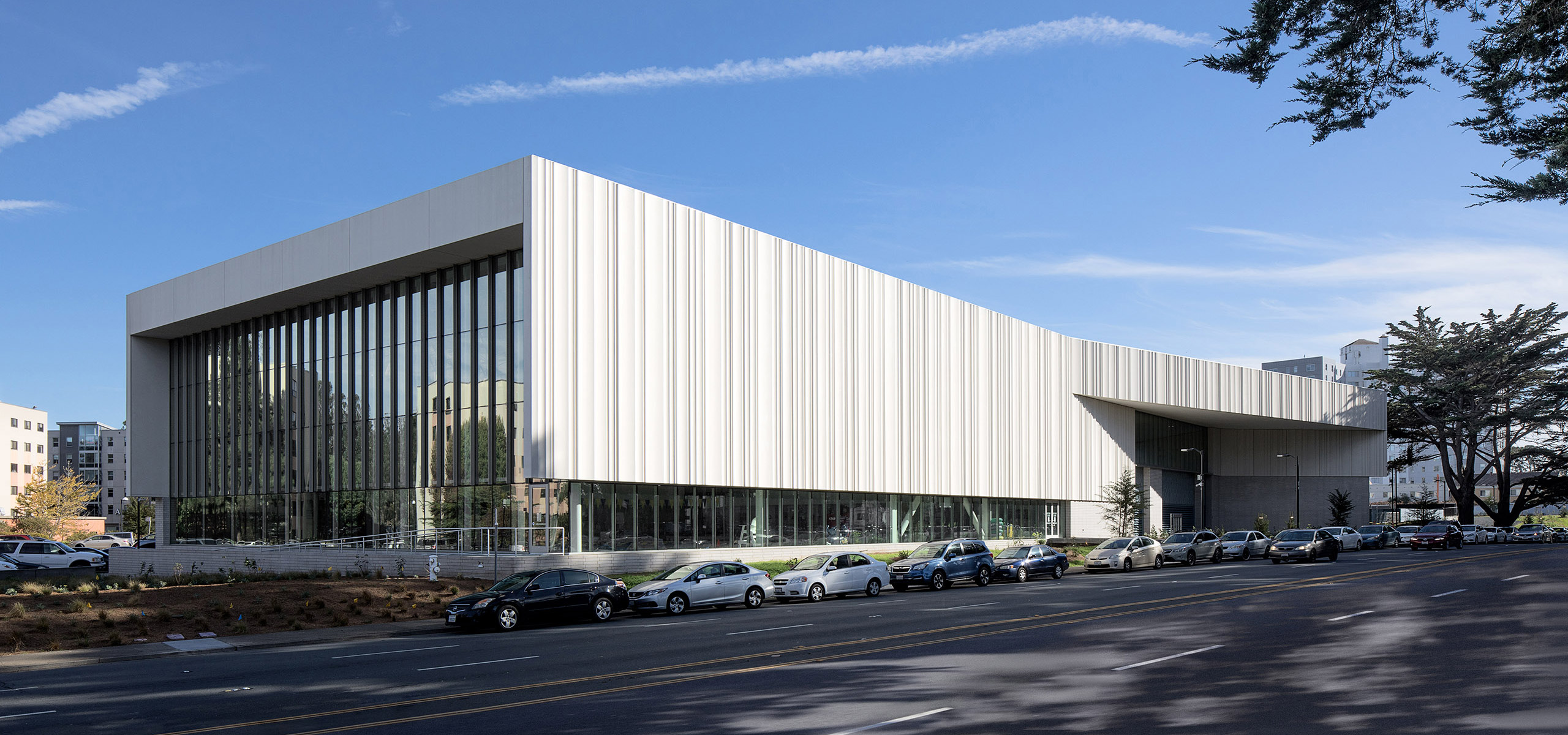Sustainability
We embrace the responsibility and opportunity to drive positive change through design, industry leadership, advocacy, and civic engagement.
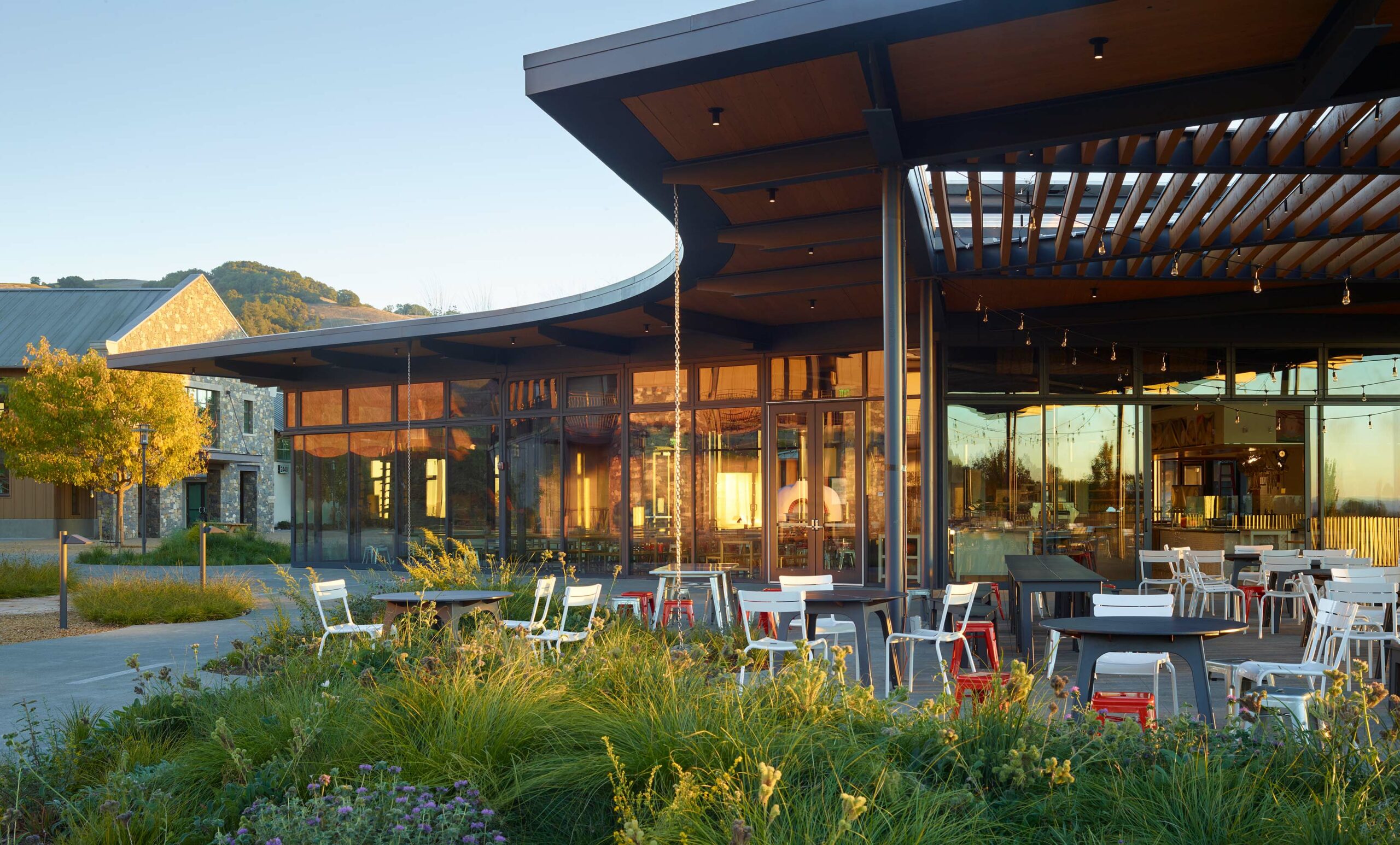
Sonoma Academy’s Janet Durgin Guild and Commons is the first project to be awarded both Zero Carbon and Petal Certification by the International Living Future Institute. It is the first Zero Carbon Certification, and the fourth Petal Certification in California. 2018 AIA COTE Top 10 Award. (LEED Platinum)
Philosophy
Sustainability for us means many things—resource efficient, equitable, resilient, regenerative, high performance. Finding design synergies that are rooted in the client’s mission and brand and result in a healthy and inspiring environment is what we strive for. It is not a simple audit or overlay, it requires a coordinated symphony of thought, care and curiosity, along with an unwavering commitment to your budget and schedule. It is about health, it is about ecological value, it is about cost effectiveness.
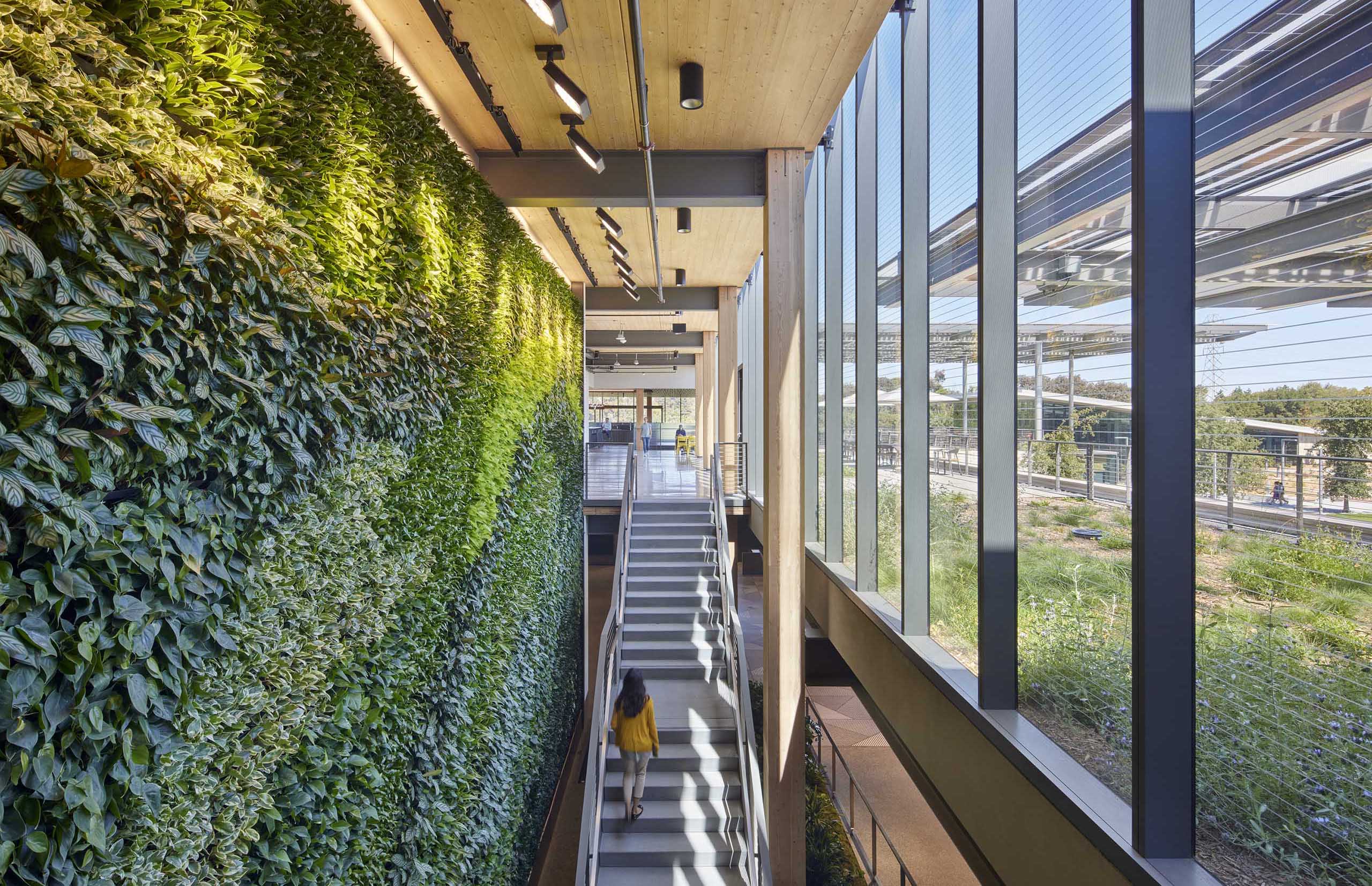
In a state impacted by the ongoing threat of drought, Microsoft’s Silicon Valley Campus pushes the limits of integrated, sustainable thinking about water, reducing its consumption, employing innovative management systems, re-using it, and restoring natural systems. Landscaping and an extensive green roof collect and treat stormwater, reducing overall use and impact on the city’s infrastructure. (LEED Platinum, IWBI WELL Platinum, and ILFI Net Zero Carbon Certified)
Resource reduction coupled with resiliency and restorative approaches
We embrace the opportunity to do more with less. Leveraging the inherent qualities and gifts of each place. Good daylight strategies reduce dependency on artificial lighting. Careful consideration of water use helps to preserve this precious resource. With holistic analysis we help craft balanced designs that are performative, innovative, lower in resource demand, and help set the project for future climate risks and changes. We look for ways to support the ecology and community of each place—recognizing the power of a district or neighborhood approach.
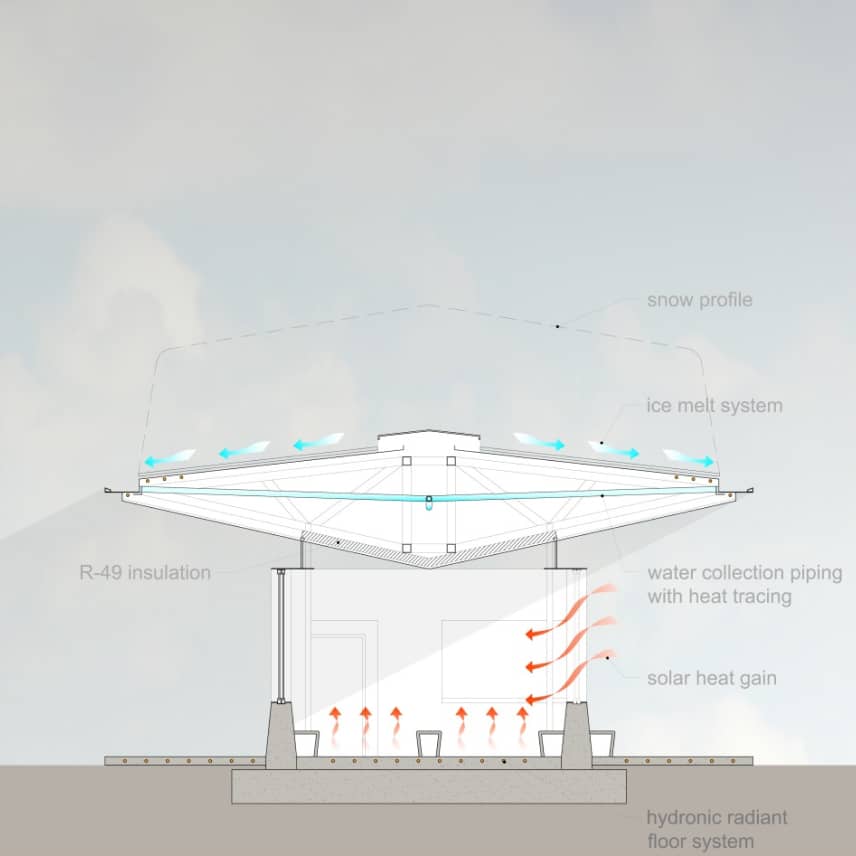
Tahoe Transit Center‘s water collection is reused for toilets and reduces impact to the local ecology.
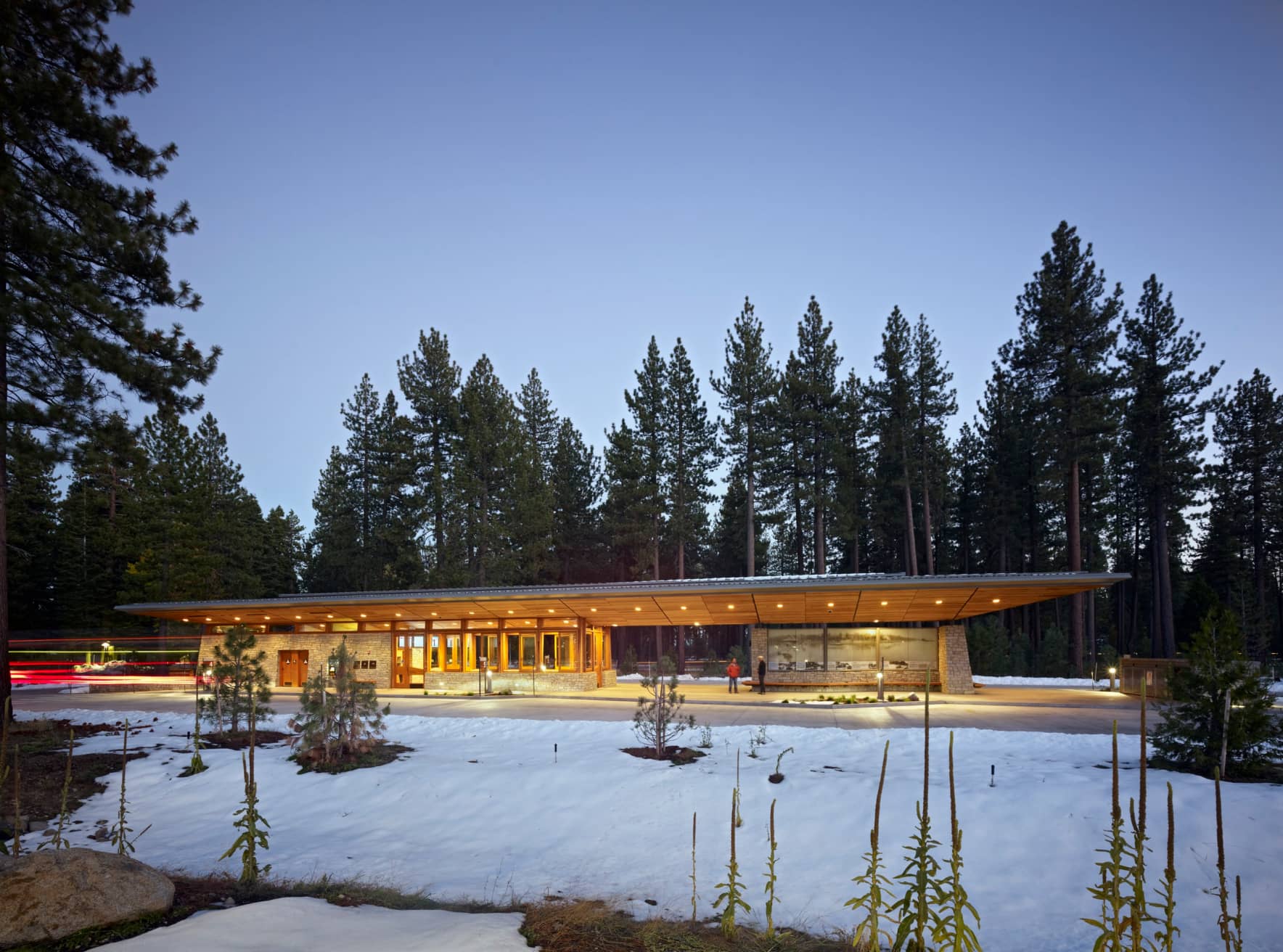
Health and Well-being
Our design approach integrates well-being into the daily experience of each project and community. Every system, finish and furniture selection is made with this in mind. Simple foundational strategies such as access to daylight and views, ample ventilation and proper filtration; the selection of healthy, nontoxic materials; and the consideration of regional resources all contribute to human health and comfort. Biophilic design strategies support our belief in the power of connecting to nature.
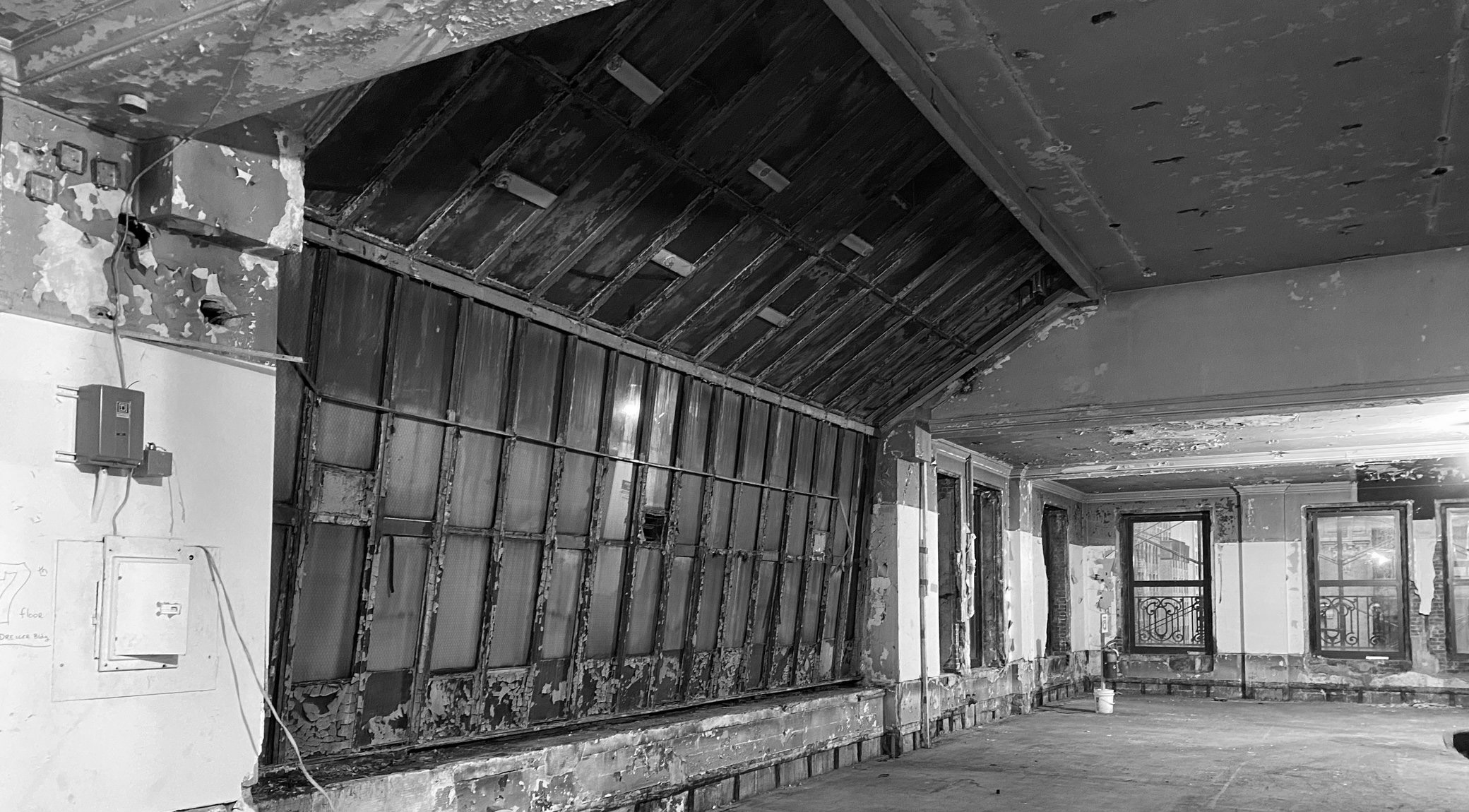
The solarium at Amazon JFK27 features a modernized chambered lean-to skylight that reimagines the historic version with contemporary insulated glass and extruded metal work. This integration of legacy with modern design lends the new workplace a sense of history and texture while creating a distinctly Midtown experience for employees.
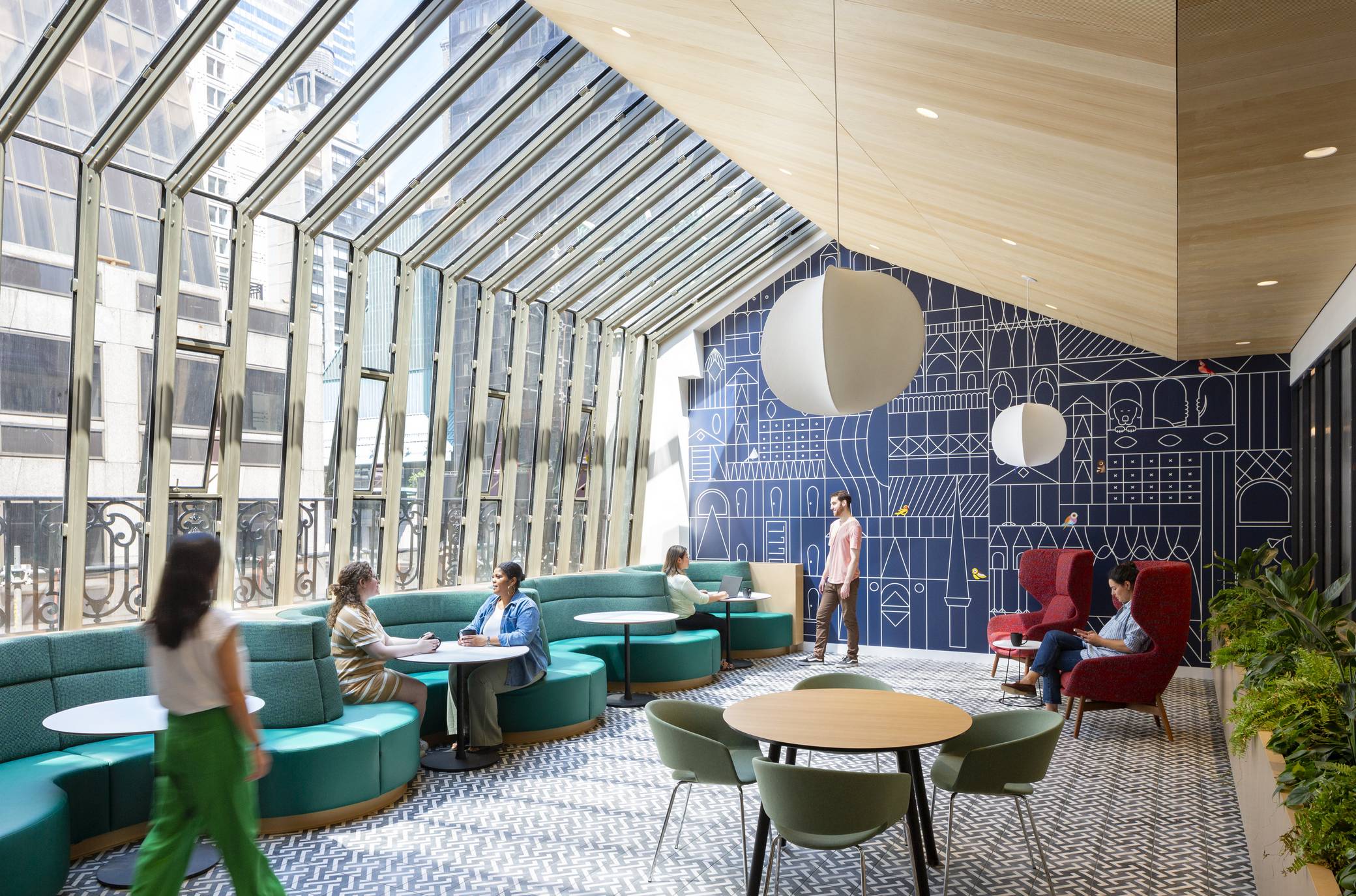
Carbon: Our Commitment
We recognize that the act of building is a large contributor to global warming. As such, we take our responsibility to mitigate the negative impacts of construction very seriously. Throughout all phases of the work, we use industry recognized tools such as C.scale, EC3, and Tally, along with internal embedded carbon tracking systems like our development of Feather, to help our design teams align their decision making with each project’s carbon reduction goals. We embrace building, material and product reuse and the circular economy as a strategy to reduce carbon
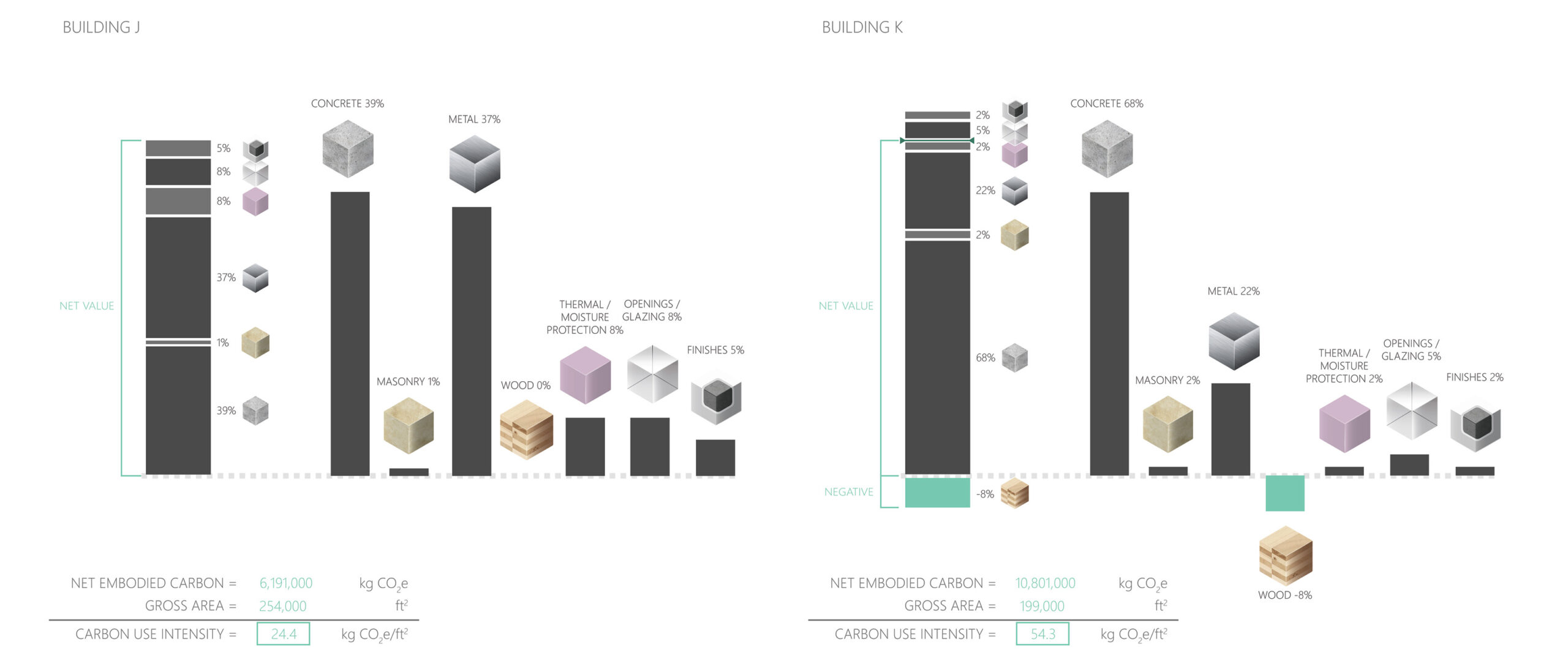
Microsoft Redmond embedded embodied carbon analysis by CSI division within the design process to understand the global warming potential of building materials used.
Recognized Benchmark Systems
We are well versed in many of the various sustainability benchmarking systems, inclusive of LEED, WELL, ILFI Living Building, and Fitwel and we are proud that many of our projects have achieved their highest certification levels. While your reimagined campus may not be seeking any particular certification, these sustainability benchmarking systems, and our familiarity with them, may serve as a guide to our discussions and subsequent decisions.
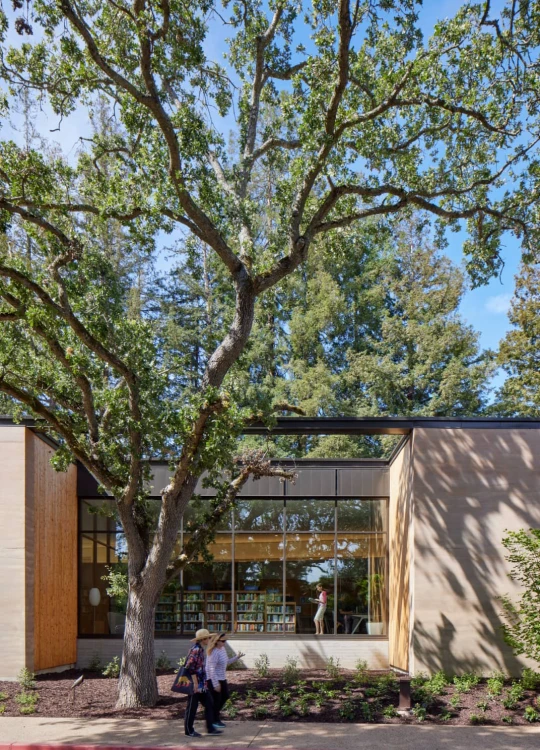
Atherton Library Adaptive reuse incorporating an existing historic town hall, reducing embodied carbon. (All Electric Campus, LEED Gold Library, Targeting LEED Platinum Campus, Net Zero Energy Library)
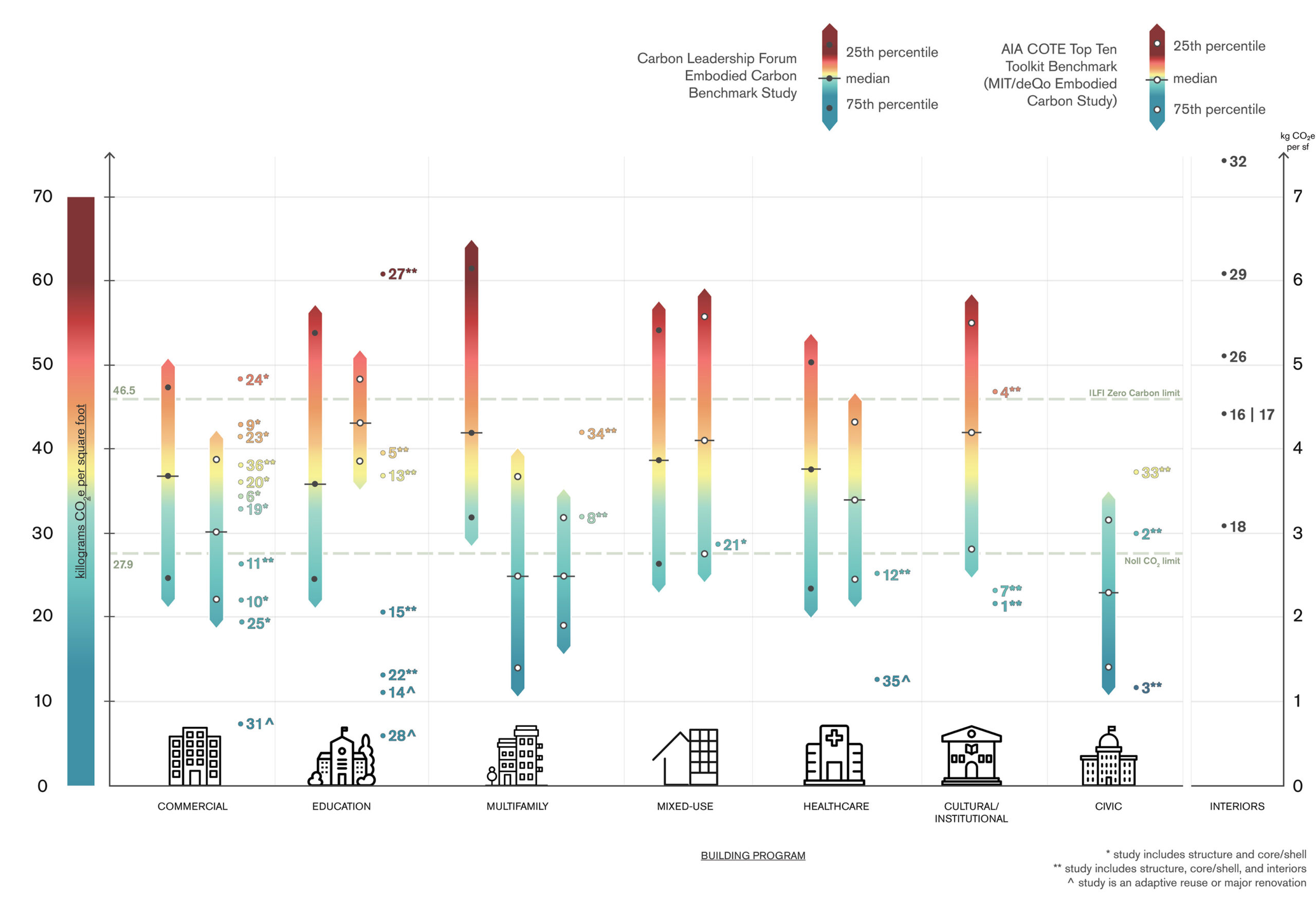
Internal embodied carbon benchmarking analysis by building type for 36 of the studio’s projects in year 2022.
Engagement
We believe that we can use our voice to help amplify change within our industry. As early signatories to the AIA 2030 Challenge, we have reported the operational and embodied carbon for our projects consistently over the last nine years. As signatories to the AIA Material Pledge, we have also reported our work relative to material makeup and health considerations. As early pilot uses of the Embodied Carbon Calculator (EC3), we began to understand specific material categories that impact carbon emissions. We have engaged as leaders in the various organizations helping to drive change and improve our opportunities, and know that a collective approach will yield positive collective results.
“We take seriously the opportunity for impact and contribution—designing sustainably means thinking beyond just today, recognizing that our decisions must be thoughtful, comprehensive, and humble, as we try to create more restorative, healthy, and resilient places.”
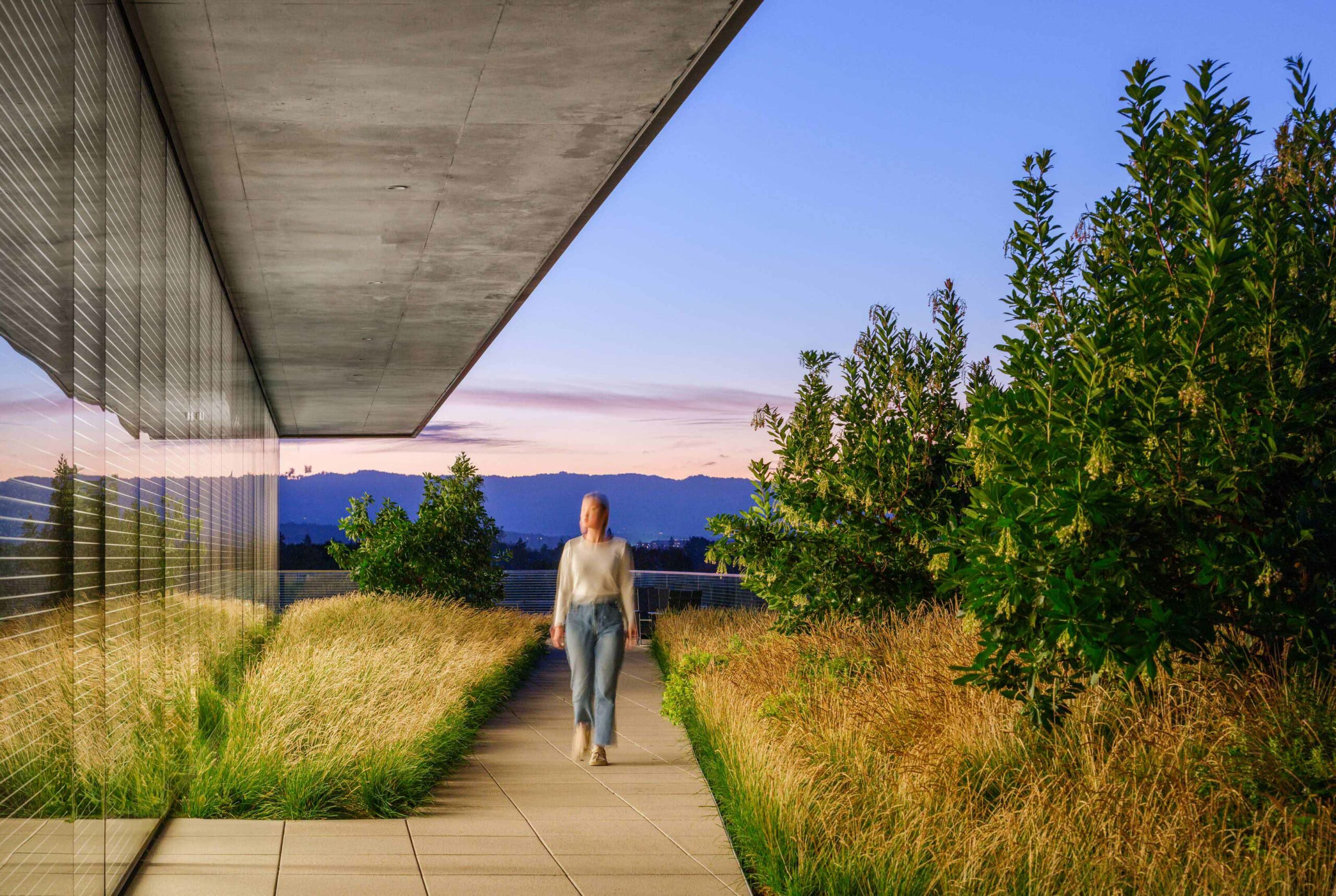
In recognition of its exemplary design, Intuit Bayshore was honored with the prestigious 2024 American Institute of Architects (AIA) California Design Award. This honor is bestowed upon projects that address the ten measures of the AIA Framework for Design Excellence, which focus on creating a zero-carbon, healthy, just, resilient, and equitable built environment. (LEED Platinum)
